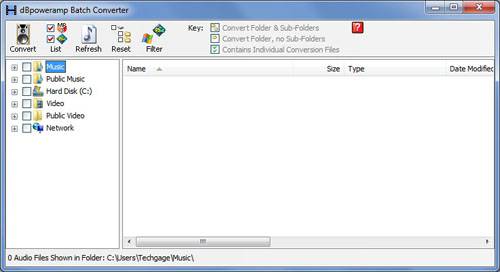- Qualcomm Launches Snapdragon 4 Gen 2 Mobile Platform
- AMD Launches Ryzen PRO 7000 Series Mobile & Desktop Platform
- Intel Launches Sleek Single-Slot Arc Pro A60 Workstation Graphics Card
- NVIDIA Announces Latest Ada Lovelace Additions: GeForce RTX 4060 Ti & RTX 4060
- Maxon Redshift With AMD Radeon GPU Rendering Support Now Available
Seagate Laptop Thin SSHD 500GB Review

Have you ever had a craving for a hard drive the same size as those Girl Scout Thin Mint cookies? Seagate has just the drive for you, and anyone else who’s in the market for a svelte 7mm laptop drive but needs performance at an affordable price. Seagate’s Solid-State Hybrid Thin drive may be small, but it may just be the drive you’re looking for.
Page 7 – Real-World: File Transfers, dBpoweramp R14
Finally, we reach the first of our real-world tests where there are no unusual testing or scoring algorithms to leave us scratching our heads, just simple tests to see how an SSD changes actual system performance.
For the File Transfer test we took a 4.5GB compressed archive and measured how much time was required to transfer the file to another folder on the same drive. Keep in mind that with a hard disk, this requires the actuator arm to seek back and forth between the source and destination sectors on the disk platter, with the destination sectors often not sequentially aligned. In contrast, any SSD can concurrently perform read and write operations simultaneously on any NAND chip without regard to spatial considerations of bits strewn randomly around a disk platter, which gives them a large advantage here.

Moving into our real-world tests we can see that the lower rotational speed does adversely affect large sequential file transfers, which is an unfortunate tradeoff of having an ultrathin 7mm form factor. Interestingly we see the SSHD is caching at least some of the data as after a few runs it shaves 37 seconds off its average time.
Desktop SSHD models will likely exceed our 2TB drive’s performance thanks to having a matching rotational speed combined with a much higher areal platter density.
dBpoweramp R14
Either you’ve heard of FLAC, or it is an integral part of your digital life. But iTunes and Apple devices do not support FLAC files, leaving those with discerning ears forced to use Apple’s Lossless codec. dBpoweramp makes it possible to convert between them utilizing as many threads as are available to the system.
In this test, we take 10 albums amounting to 4GB of FLAC files and convert them to Apple’s lossless format. This creates exactly 3.96GB of new data. This scenario is even more applicable for those users with six or more physical CPU cores available, because as the core count increases, the more the storage system will become the actual bottleneck. Our test rig is limited to only a quad-core processor, but even then we can see clear differences amongst the various contenders.

The constant switching between reads and writes in this test does not favor mechanical drives at all because the actuator arm is constantly having to swing across the platter surface. As we might expect, the large, sequential workload isn’t suited for caching although the SSHD does manage to significantly increase performance over the worst result, and even shaves two minutes off its average time with its best result.
Support our efforts! With ad revenue at an all-time low for written websites, we're relying more than ever on reader support to help us continue putting so much effort into this type of content. You can support us by becoming a Patron, or by using our Amazon shopping affiliate links listed through our articles. Thanks for your support!





